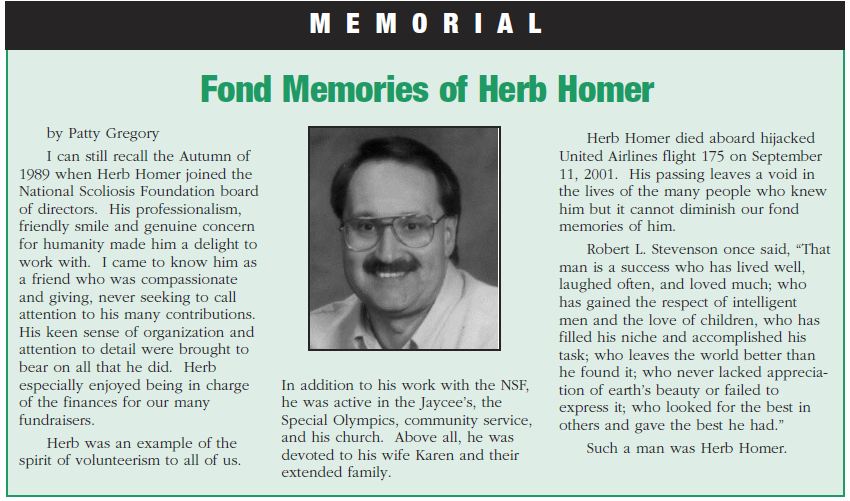The US Preventive Services Task Force has published it’s draft research plan on Screening for Adolescent Idiopathic #Scoliosis (AIS). To comment on the USPSTF draft plan please click here.
Draft: Proposed Key Questions to Be Systematically Reviewed
- Does screening for adolescent idiopathic scoliosis improve: a) health outcomes and b) the degree of abnormal #spinal curve in childhood or adulthood?
- What is the accuracy of screening for adolescent idiopathic scoliosis?
- Does treatment of adolescent idiopathic scoliosis with a Cobb angle of less than 50° at diagnosis improve: a) health outcomes and b) the degree of spinal curve in childhood or adulthood?
- What is the association between Cobb angle measurement in adolescence and health outcomes in adulthood?
- What are the harms of screening for adolescent idiopathic scoliosis?
- What are the harms of treatment of adolescent idiopathic scoliosis with a Cobb angle of less than 50° at diagnosis?
Draft: Proposed Research Approach
The proposed Research Approach identifies the study characteristics and criteria that the Evidence-based Practice Center will use to search for publications and to determine whether identified studies should be included or excluded from the Evidence Review. Criteria are overarching as well as specific to each of the key questions (KQs).
| Include | Exclude | |
| Populations | KQs 1, 2, 5: Asymptomatic children and adolescents ages 10 to 18 years
KQs 3, 6: Persons with adolescent idiopathic scoliosis diagnosed at ages 10 to 18 years with a Cobb angle of 10° to 50° detected through screening KQ 4: Persons with adolescent idiopathic scoliosis diagnosed at ages 10 to 18 years with a Cobb angle of 10° to 50° |
Persons with scoliosis of:
|
| Settings |
|
Specialty care (e.g., surgical clinics and clinics for conditions known to be associated with scoliosis) and other settings with a symptomatic population |
| Screening tests | KQs 1, 2, 5: Forward bend test (with or without scoliometer/inclinometer), surface topography, or other methods (e.g., back-contour device), followed by x-ray for confirmation
KQ 2: Studies with a reference standard |
KQs 1, 2, 5:
|
| Treatments | KQs 3, 6:
|
|
| Comparison | KQs 1, 2, 5: Usual care
KQs 3, 6: Observation, usual care |
KQs 1, 2, 5: Studies with no comparator
KQs 3, 6: Comparative effectiveness studies |
| Harms | KQ 5: Any screening harms, including but not limited to: labeling, radiation exposure
KQ 6: Any treatment harms, including but not limited to: psychosocial harms, physiological harms, functioning, or pain |
KQs 5, 6: Studies with no comparator |
| Outcomes | Intermediate outcomes: Cobb angle measurement
Health outcomes:
|
|
| Study design | KQs 1–4: Randomized, controlled trials; controlled trials; cohort studies
KQs 5, 6: Randomized, controlled trials; controlled trials; cohort studies; case series |
All KQs: Studies rated as poor quality
KQs 1–4: Case series, cost-effectiveness studies, qualitative study designs |










